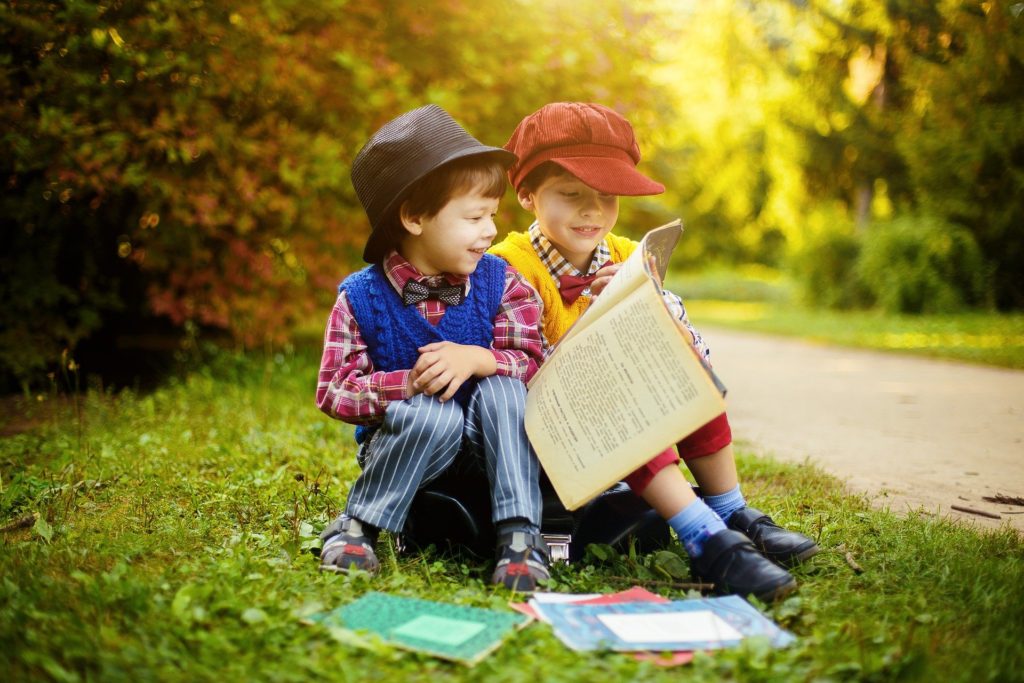Learning Language (and more) …Without Words? The Power and Beauty of Wordless Books

If you know me, you know that I am a huge fan of books. Books have so many purposes for every age and stage of life: learning, parenting, teaching, relaxing, and creating can all be done through books. Research has shown that books provide innumerable benefits to developing children. Books stimulate language, cognition, curiosity, and memory, and they are considered a significant factor in a child’s reading achievement and overall educational success.

There is one category of books that may be overlooked or underappreciated, particularly when it comes to teaching and learning – wordless books. It sounds like an oxymoron; “how can you read a book with no words?” But a little digging uncovers a wealth of possibilities in books filled with pictures and no words.
I will admit that at first thought, wordless books seem like not much more than a simple story told with beautiful pictures. So, let’s think for a minute what happens when we read a book without words. In the absence of words, we must use the visual information (pictures) combined with our own imagination to tell the story. There is a freedom to use creativity with no right or wrong answer. For young readers or struggling readers, this translates to a relief from the pressure to read words accurately, and it allows children to enjoy reading. Additionally, wordless books can inspire students as artists; they serve as an example that pictures can tell a story and encourage students to tell stories through their own artwork.
Fostering a love and enjoyment of books in and of itself is a wonderful thing. As educators, we can take this tool of wordless books a step further and utilize them to teach a wide range of skills and age levels. Here are just a few concepts that we can teach:

- Pre-literacy book concepts, such as identifying the cover, title, and author, orienting the book correctly, and turning pages left to right
- Vocabulary and picture recognition
- Verb tenses
- Sequencing and Predicting “what happens next?”
- Perspective taking, such as identifying emotions
- Problem solving – can the student use the pictures to identify the problem and the solution
- Asking and answering questions
These books also make an excellent tool for dynamic assessment tasks such as collecting a language sample or articulation practice in connected speech.
While the possibilities for how to use these books is only limited by your creativity, here are just a few ideas:
- Take a “picture walk”. Before “reading” the book, glance through the pictures and at the cover. Discuss what the story might be about. Is there anything in the pictures that seems to catch the student’s attention?
- Turn sticky notes into speech bubbles and write in what that character(s) may be saying on each page.
- Use the pictures as a writing prompt. Students can create an outline or narrative to match the pictures.
There are so many wordless books available, I couldn’t possibly list them all. These are just a few favorites shared by some of our speech pathologists. I encourage you to revisit and expand your libraries to include these and other wordless books, for the enjoyment of you and your students!
Chalk by Bill Thomson
Goodnight Gorilla by Peggy Rathmann
Pancakes for Breakfast by Tomie DePaola
Frog, Where Are You by Mercer Mayer
Red Sled by Lita Judge
Flora and the Flamingo by Molly Idle







